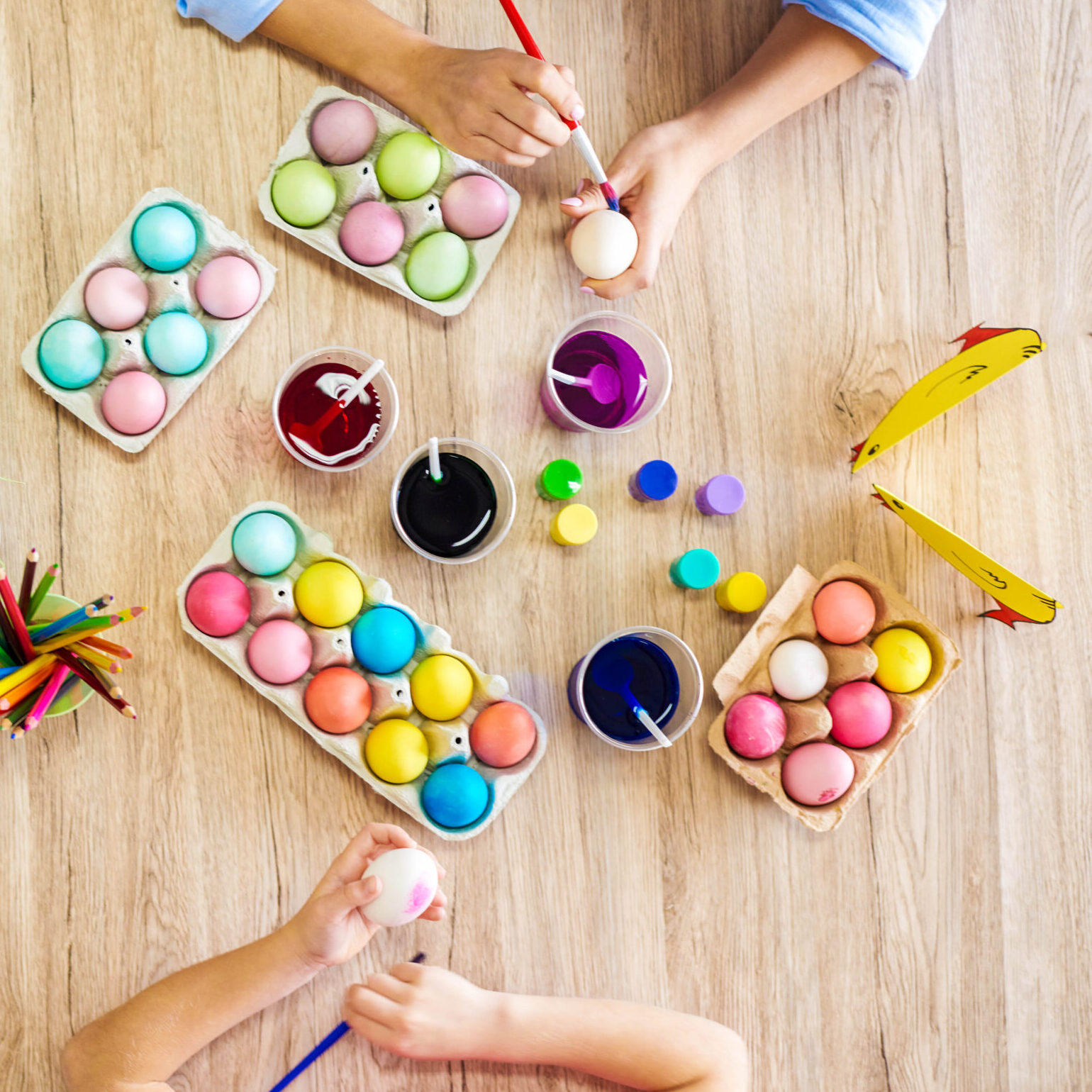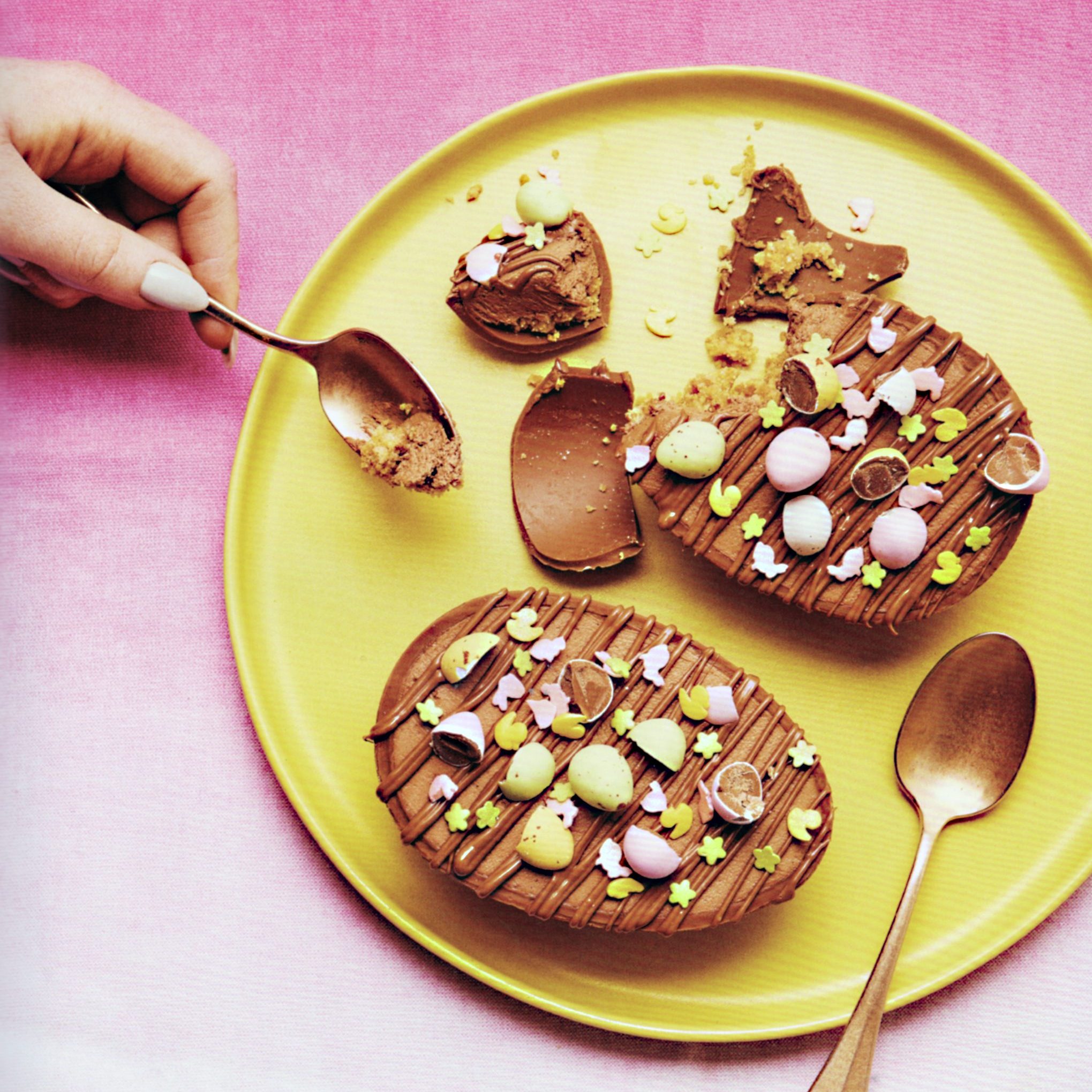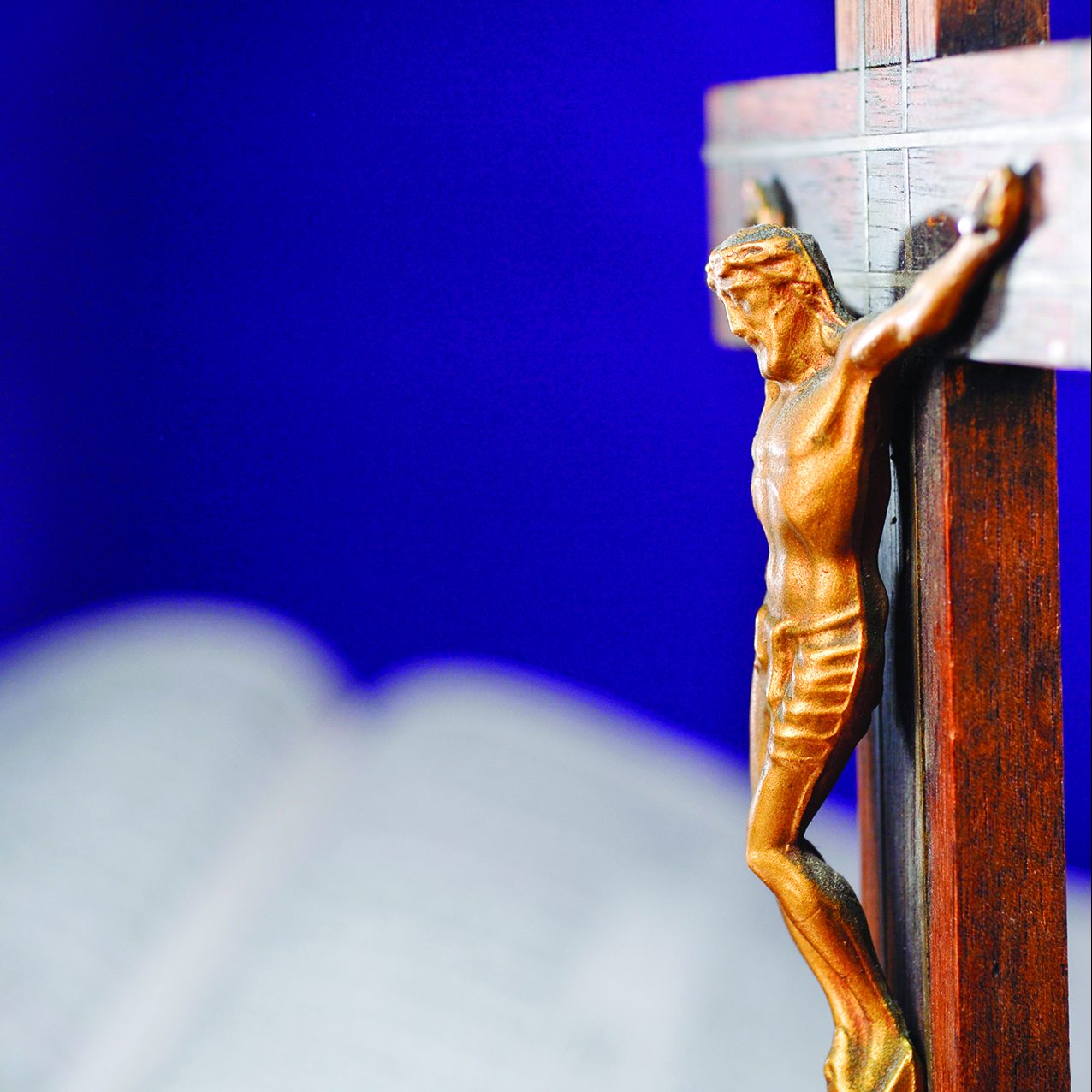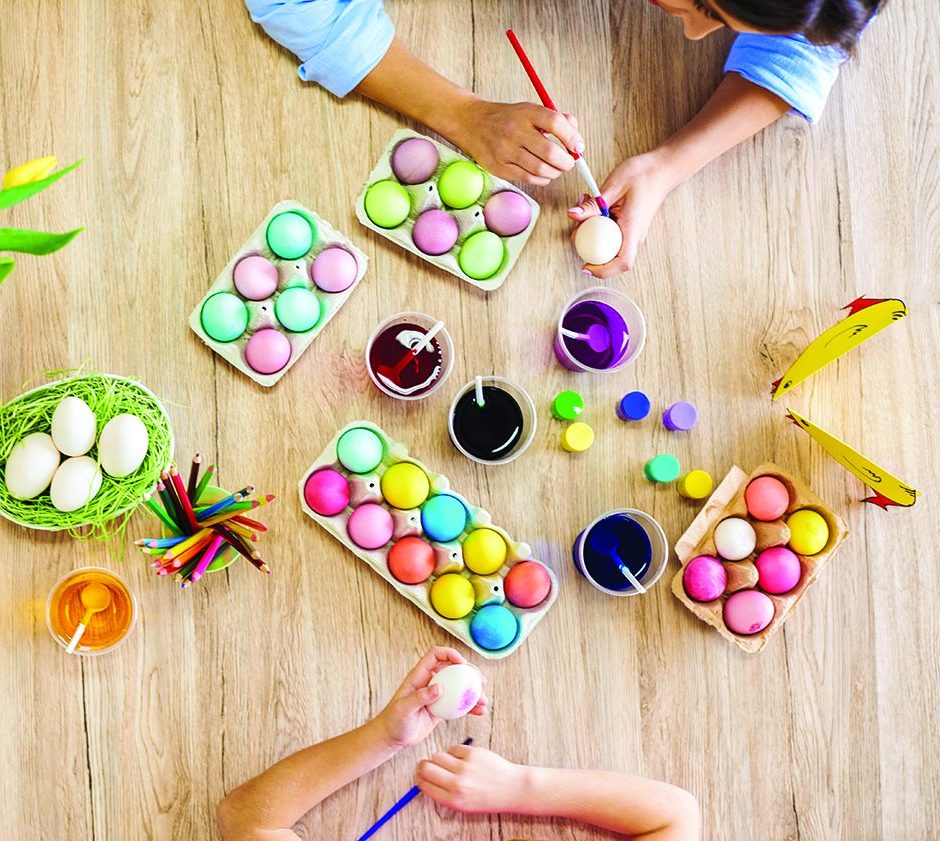Coloring Easter eggs is a time-honored tradition dating back more than 2,500 years. There is evidence that people living in the ancient settlement of Trypillia dyed eggs. Ancient Persians also were believed to paint eggs for Nowruz (Persian New Year).
Christians adopted similar traditions to symbolize aspects of the Easter story. Originally Christians dyed eggs red to represent the blood of Jesus Christ that was shed on the cross, according to Chase Oaks Church. Good Housekeeping reports early Christian missionaries adapted the dying tradition to include more egg colors to represent different aspects of the Easter story. Yellow represented the resurrection, blue represented love and red remained a symbol of Christ’s blood.
Whether families dye eggs to symbolize the Easter miracle or simply for fun, the following are some coloring tips to enhance the process.
1. Prevent cracked eggs. Most colored eggs are hard-boiled. To prevent cracking during the boiling process, add a teaspoon of vinegar and a tablespoon of salt to the boiling water. Additional anti-cracking measures include rubbing half a lemon on each shell before boiling.
2. Boil eggs and cool completely. It takes roughly 10 minutes to hard-boil an egg. Fill a pot with enough water to submerge the eggs, then bring it to a boil over medium-high heat. Gently lower the eggs into the water with a slotted spoon. Cover, reduce the heat to a simmer, and cook for 10 minutes. Drain the eggs and cool in a bowl of water or run under cold tap water.
3. Don’t forget the vinegar. Whether you use colored dye tablets or drops of food coloring from the pantry, use a mix of water and vinegar in the coloring solution. According to Education.com, food coloring is an acid dye and bonds using hydrogen. This chemical process only works in an acidic environment. Vinegar is added to water to make it more acidic and help the dyes adhere more strongly to the eggs and produce brighter colors.
4. Stick to white eggs. Stores sell both brown and white eggs. The species of chicken determines whether the eggs will be white or brown. When coloring eggs, it might be better to purchase white eggs, as the dyes will show up more vividly on the white shells.
5. Create distinctive designs. By covering portions of the bare eggs before dipping into color, people can create unique designs. Things like masking tape, rubber bands, wax (or crayons), and even twine can be used. The dye will only take on the uncovered areas, leaving white behind.
6. Dyes are not the only way to color eggs. Everything from watercolor paint to acrylics to decoupage can be used to cover eggs in vivid colors. Egg decorators also can use colored yarns, fabric or stickers. Search for creative materials to set Easter eggs apart this year.
Coloring eggs is a popular Easter tradition, and there are many ways to ensure this beloved activity produces beautiful results.







